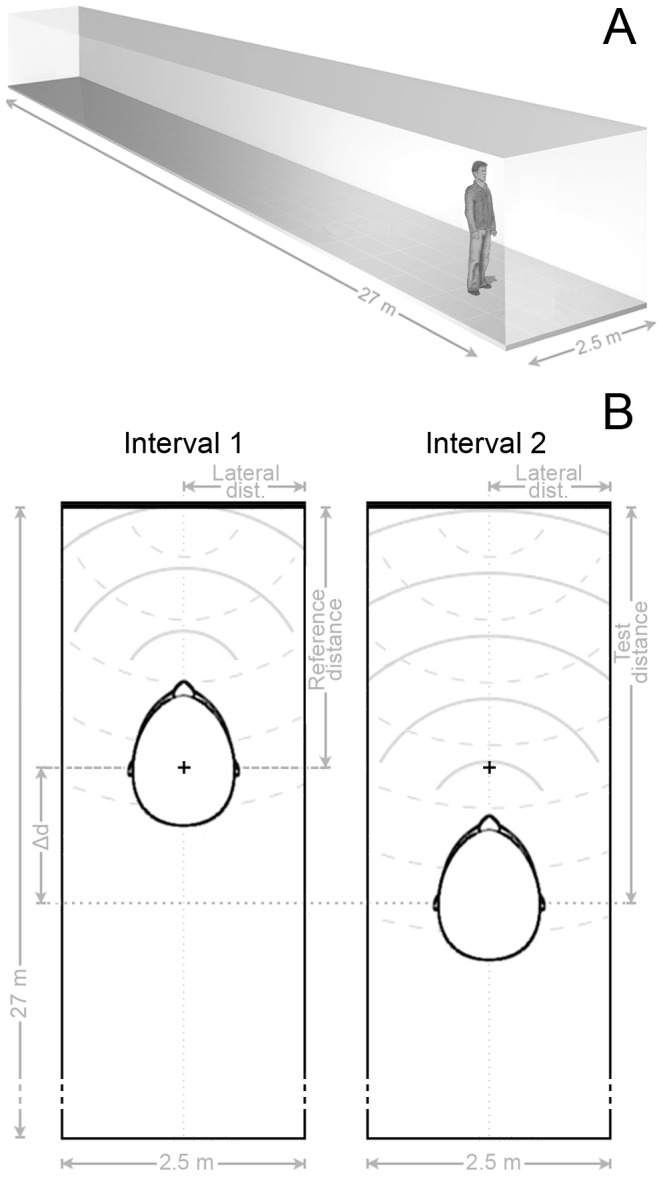Figure 1. Illustration of the virtual echo-acoustic space (VEAS) and the psychophysical task.

(A) Illustration of the virtual corridor. All experiments were conducted under headphones and transferred into a virtual echo-acoustic environment, which consisted of a corridor with a length of 27 m and a width of 2.5 m. (B) Illustration of the psychophysical paradigm (simplified, drawings of the virtual corridor and the subject's head are not to scale). Subjects gathered spatial information about their environment by listening to echoes (dashed segments of a circle, simplified) of their own vocalizations (continuous segments of a circle). In an adaptive 2AIFC paradigm, two positions in VEAS were consecutively presented which differed in their distance to the front wall (thick, horizontal line), but not in their distance to the lateral walls (vertical lines). The shorter of the two distances to the front wall is called reference distance, the longer is called test distance. The shorter of the two distances to the lateral walls is called lateral distance. The reference distance was randomly changed across trials by ±5% to prevent subjects from memorizing the corresponding sound. Apart from that, the reference position (denoted by the + sign) was held constant during each adaptive track.
